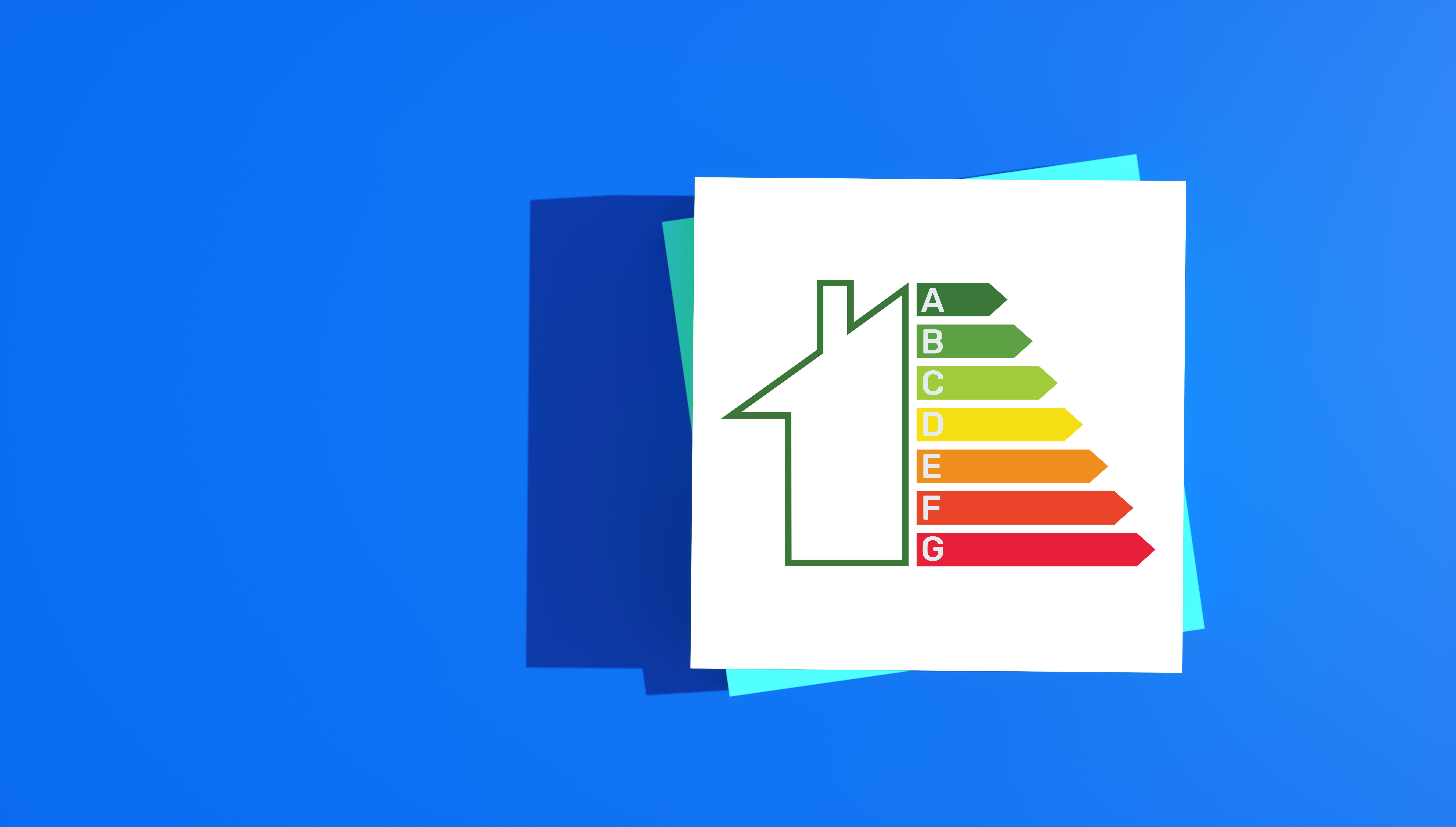Why LCOE is the Key Metric for Energy Investments
Understanding LCOE: A Fundamental Metric
The Levelized Cost of Electricity (LCOE) is a crucial measure that provides a comprehensive assessment of the cost of generating electricity. It takes into account all the expenses over the lifetime of an energy project, including initial capital, operations and maintenance, fuel, and the cost of capital. This metric is essential for investors and stakeholders in the energy sector as it offers a standardized way to compare different energy sources on a consistent basis.
By calculating the LCOE, decision-makers can determine which energy projects are likely to be the most cost-effective over time. It is particularly beneficial in the current landscape, where renewable energy sources are increasingly competing with traditional fossil fuels. Investors can use LCOE to assess the economic feasibility of new technologies and innovations in energy generation.

The Components of LCOE
LCOE encompasses several key components that reflect the total cost of generating electricity. These include:
- Capital costs: These are the upfront expenses required to build the energy-producing facility.
- Operating and maintenance costs: Ongoing expenses for running the facility and maintaining its operational efficiency.
- Fuel costs: For fossil fuel plants, these include the costs of the fuel itself. Renewable sources like solar or wind have minimal fuel costs.
- Cost of capital: The cost of financing the project, including loans or investor returns.
Each component plays a vital role in determining the overall LCOE, and understanding these can help investors make informed choices about where to allocate their resources.
LCOE: A Comparative Tool
One of the significant advantages of using LCOE is its ability to serve as a comparative tool across different energy technologies. By standardizing costs over time, LCOE allows investors to compare apples to apples, regardless of the energy source. This can be particularly useful when evaluating emerging technologies or projects in various geographic locations.

For instance, while solar and wind may have higher initial capital costs compared to natural gas, their lower operational costs and minimal fuel expenses often result in a competitive LCOE over the project's lifespan. As such, LCOE can reveal the long-term economic benefits of renewable energy investments.
The Impact of Technological Advancements
Technological advancements play a crucial role in influencing LCOE values. Innovations that reduce construction costs, enhance efficiency, or minimize maintenance can significantly lower the LCOE. For example, improvements in solar panel efficiency have rapidly decreased the LCOE for solar power in recent years, making it one of the most competitive sources of energy worldwide.
This trend highlights why investors need to stay informed about technological developments and consider their potential impact on future LCOE values. By doing so, they can capitalize on opportunities that may arise from cutting-edge technologies in the energy sector.

The Role of Policy and Market Dynamics
Government policies and market dynamics also have a profound impact on LCOE. Subsidies, tax incentives, and regulatory frameworks can alter the cost structure and competitiveness of different energy sources. For instance, policies promoting renewable energy can lower the effective LCOE for technologies like wind and solar by providing financial support and encouraging innovation.
Similarly, market factors such as fluctuations in fuel prices or changes in demand can affect LCOE calculations. Investors must consider these external elements to accurately assess potential risks and returns associated with their energy investments.
Conclusion: The Strategic Importance of LCOE
In conclusion, LCOE serves as an essential metric for evaluating energy investments. By offering a comprehensive overview of costs over a project's lifespan, it enables investors to make informed decisions based on economic feasibility. Understanding LCOE is crucial for navigating the complex landscape of today's energy market, where technological advancements and policy changes continuously reshape opportunities.
Ultimately, those who leverage LCOE effectively can identify promising investment opportunities, optimize resource allocation, and contribute to a more sustainable and economically viable energy future.